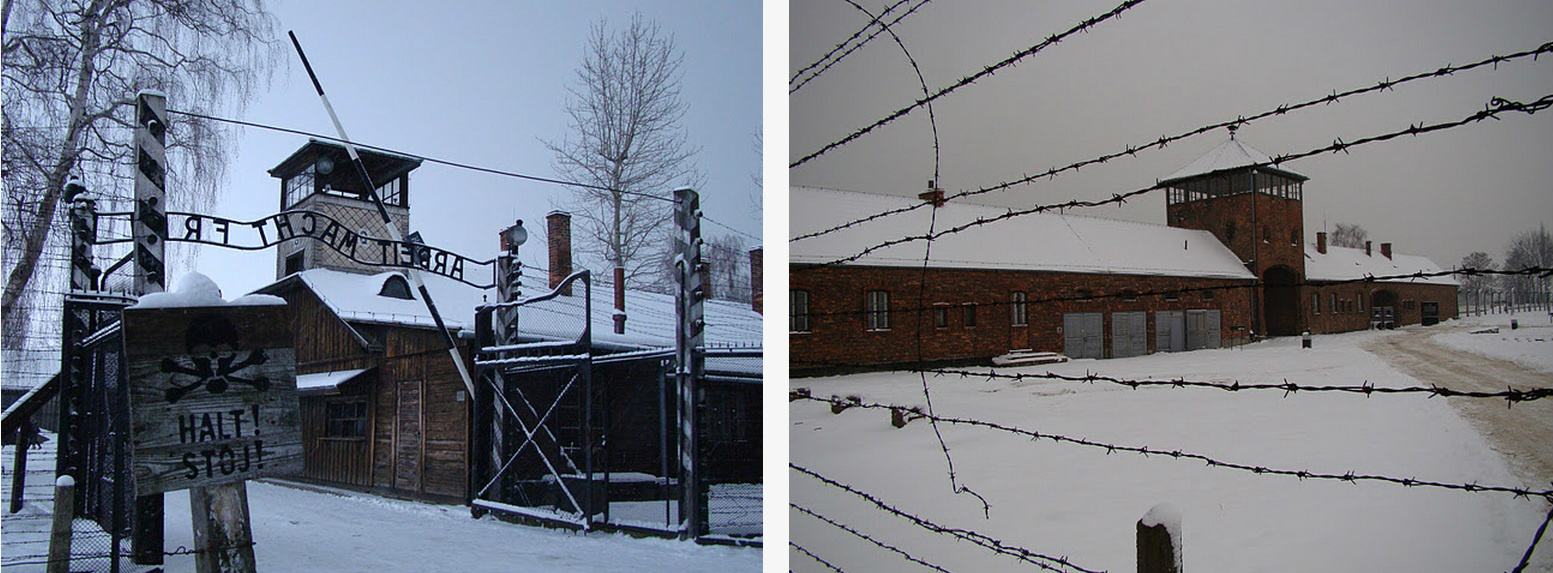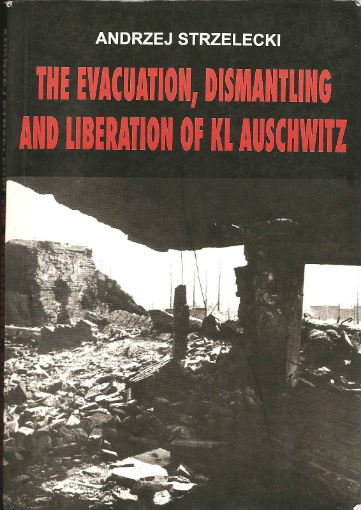Soon after the Soviets captured the
former German camps, both Auschwitz I
and Auschwitz II (Birkenau) were
used as POW camps, before the Soviets
shipped all the Germans prisoner held
there back to the Soviet Union.
Until 1949, four years after the war
supposedly ended, the Auschwitz-
Birkenau State Museum forced German POWs
to work there
The following is an extract from a book
I brought in the book shop in the
Auschwitz Visitor Centre:
In the first half of 1945 (no later
than in April/May) the Soviet military
authorities set up German POW transit
camps on the sites of the former
concentration camps of Auschwitz I and
Auschwitz II (Birkenau). By
the autumn of that yeat they were
deported en masse to
the Soviet Union. Apart from prisoners
of war, the Soviet authorities also
interened civilians from Upper Silesia
and the Bielsko-Biala region who were
either volksdeutsch (registered
German nationals) or just suspected of
being ethnically German. On account of
the fact that the internees included
Polish citizens, the camps were also run
by the Polish State Security Office. The
transist camp on the site of Auschwitz I
was closed down by the autumn of 1945
but the camp at Birkenau continued
functioning until the spring of 1946.
Records from the Brzezinka Roman
Catholic parish register show that from
20 April, 1945 to May 1946 a total of
almost 150 (12 in 1946) people from
Upper Silesia, Bielsko-Biala and Germany
died in this Polish State Security
Office run camp. The inhabitants of
Oswiecim and the surrounding areas do
not recall evidence or the inmates being
grossly maltreated there. The
Auschwitz-Birkenau State Museum Archives
have photocopies of the personal diary
of a German prisoner of war from
Wehrmacht medical corps, Ernst Dittmar,
who died in July 1945. The contents of
document indicates that the prisoners
were underfed, but there is nothing
to imply that theu were being
deliberately killed or even abused.
Undoubtedly one should feel for those
prisoners of war and ordinary civilians
who died in the transit camps, however,
one cannot compare their fate with that
of the KL Auschwitz inmates.
In the years 1948—1949 the
Auschwitz-Birkenau State Museum employed
approximately 50 German prisoners of war
and Polish civilians from the Central
Forced Labour Camp in Jaworzno.
Strzelecki, Andrzej. Translated by
Witold Zbirohowski-Koscia. The
Evacuation, Dismantling and Liberation
of KL Auschwitz.
Auschwitz-Birkenau State Museum. 2001.
Original edition 1982. pp.235-6






































This comment has been removed by the author.
ReplySee also the book "An eye for an eye" by jewish writer John Sack. Sack reports, that the camps in east silesia were filled arbitarily with germans by the bolshevik intelligence service UB.
ReplyMost of the UB officers were Jews. Sack says about 50.000 Germans were murdered and tortured in those camps.
The first german edition in 1994 was withdrawn before its publication by Piperverlag. They said, the do not want, that anyone could thinking
that they want to compare holocaust and the suffering of the german prisoners. The book was already printed and ready for distrubition. The whole edition was destroyed. The book also consists a list of leading polish-jewish intelligence officers including Marceli Reich a.k.a. Marcel Reich-Ranicki which is the most famous litarary critic in germany today.
See here: http://archive.org/details/AnEyeForAnEye
Please by patient with my english and keep continuing your good work, this is an incredible blog